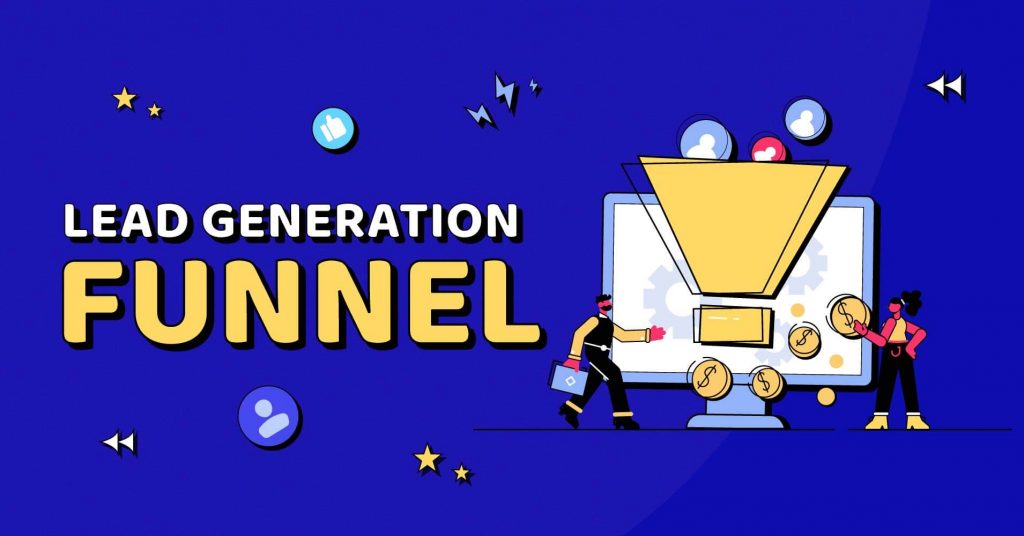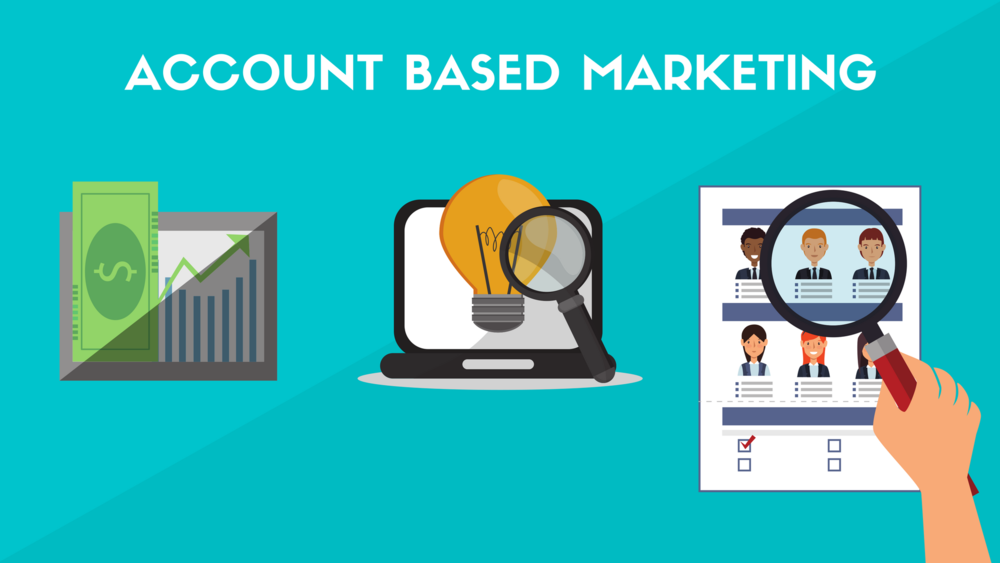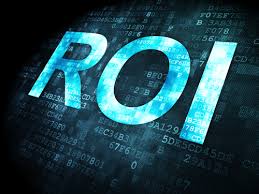Building an effective lead conversion funnel in the B2B industry is essential for maximizing sales and business revenue. It involves creating a series of steps that guide prospects through the buyer’s journey, from initial contact to purchase. This includes crafting content such as blog posts, emails, webinars, case studies, and more to capture leads’ attention and encourage them to take action. It’s important to use data-driven insights about your target audience so you can tailor each step of the process accordingly. By doing this effectively, businesses will convert more leads into customers while also increasing their ROI.
Check out these step-by-step 10 expert tips on building an effective lead conversion funnel!
Step 1: Research your target audience and understand their pain points.
Step 2: Create compelling and valuable content to attract your audience.
Step 3: Optimize your website and landing pages for conversions.
Step 4: Implement lead generation tactics such as offering free resources or webinars.
Step 5: Nurture your leads through email marketing and personalized communication.
Step 6: Use marketing automation tools to segment and track your leads.
Step 7: Qualify your leads by scoring and prioritizing them.
Step 8: Establish clear communication and alignment between marketing and sales teams.
Step 9: Continuously analyze and optimize your funnel for better results.
Step 10: Measure your conversion rates and make data-driven decisions.





